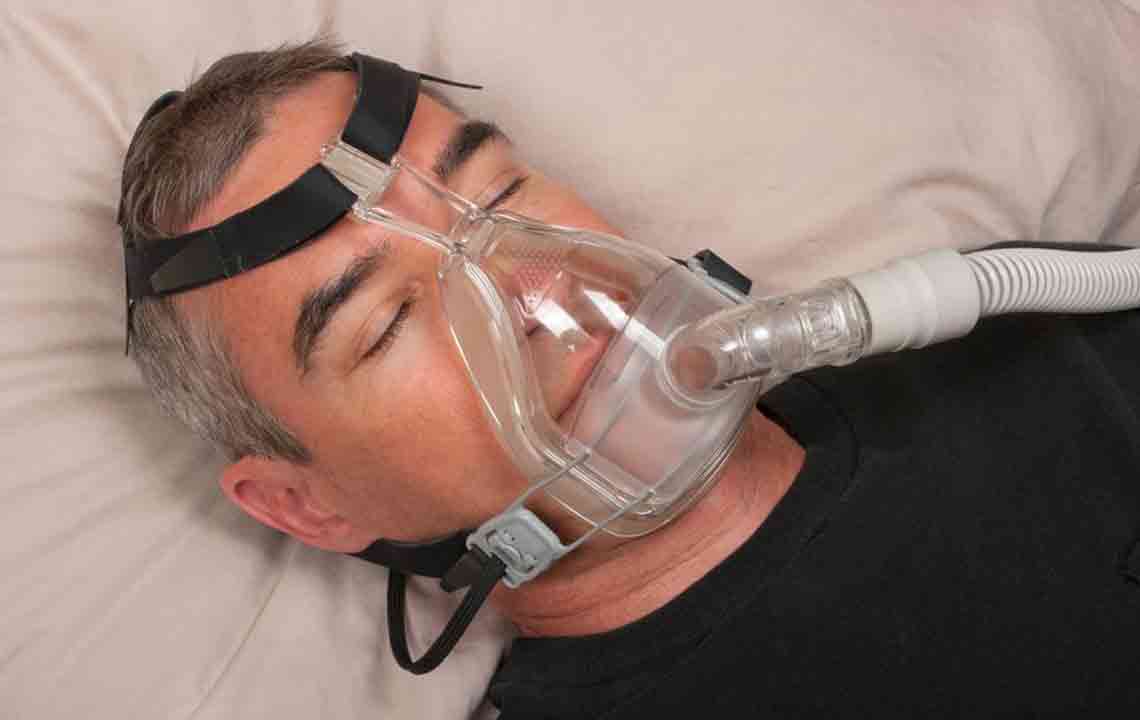Comprehensive Guide to Opioid Dependence: Causes, Symptoms, and Effective Treatments
This comprehensive guide explores opioid dependency, highlighting its causes, symptoms, and the most effective treatment options available today. It emphasizes the importance of early detection and a multidisciplinary approach to recovery, including medications, therapy, and community support systems. Understanding these aspects is essential for those at risk and their loved ones, aiming to prevent addiction and promote long-term health and well-being.

An In-Depth Look at Opioid Dependence: Causes, Indicators, and Treatment Pathways
Opioid dependence has become an increasingly pressing issue worldwide, affecting millions of individuals and their families. While these medications are effective for pain relief, their potential for addiction poses serious health risks. Understanding the nuances of opioid dependency—its causes, warning signs, and available treatment options—is crucial for preventing and managing this condition. This article offers a comprehensive overview of opioid addiction, clarifying the risks and guiding those seeking help towards pathways of recovery.
What Are Opioids and Why Are They Used?
Opioids are a class of drugs derived primarily from the opium poppy plant. They include natural substances like morphine and codeine, as well as synthetic compounds such as fentanyl, oxycodone, and hydrocodone. These drugs bind to specific opioid receptors in the brain, spinal cord, and other areas of the body, blocking pain signals and inducing feelings of euphoria and relaxation. Because of their potent analgesic properties, opioids are widely prescribed for managing acute injuries, chronic pain conditions, cancer-related discomfort, and post-surgical recovery. Historically, opioids have been used for centuries, dating back to ancient civilizations, but only in recent decades has their widespread misuse and addiction emerged as a significant public health concern.
Factors That Lead to Opioid Dependency
Developing an opioid dependency is typically caused by a confluence of multiple factors. Understanding these elements can help identify at-risk populations and implement preventative strategies. Here are some primary contributors:
Genetic and Biological Predispositions: Some individuals inherit genetic traits that influence how their bodies metabolize opioids, making them more susceptible to dependency. Variations in neurotransmitter systems can also affect how pleasurable or reinforcing the drug feels, increasing addiction risks.
Environmental Influences: Living in environments with high drug availability or societal stressors can increase vulnerability. Exposure to family members or peers who misuse opioids further amplifies risk.
Psychological and Mental Health Factors: Individuals suffering from mental health conditions such as depression, anxiety, or trauma are more prone to self-medicating with opioids. The temporary relief they provide can quickly lead to dependency.
Medical Use and Prescriptions: Prolonged or inappropriate use of prescribed opioids, especially without proper medical supervision or follow-up, can inadvertently lead to addiction. Patients may develop tolerance, requiring higher doses for relief.
Initial Euphoria and Short-Term Relief: The immediate pleasurable sensations can reinforce ongoing use, setting the stage for dependence if not carefully managed.
Recognizing the Signs of Opioid Dependence
Early identification of opioid addiction is critical for timely intervention. The signs can be categorized into emotional, behavioral, psychological, and physical indicators, and often overlap. Some common symptoms include:
Mood and Emotional Changes: Patients may exhibit severe mood swings, irritability, depression, or unexplained anxiety. Feelings of euphoria early post-use are often followed by depressive episodes.
Behavioral Symptoms: Social withdrawal, neglecting responsibilities, poor performance at work or school, and changes in social circles are typical. In severe cases, individuals may resort to theft or forging prescriptions to sustain their habit.
Psychological Effects: Memory impairments, hallucinations, paranoia, and emotional instability may develop. Mental clouding and difficulty concentrating are also common.
Physical Manifestations: Respiratory issues, muscular spasms, insomnia, nausea, excessive sweating, and weight fluctuations are observable physical signs. Advanced dependency might lead to life-threatening conditions such as seizures, coma, or overdose.
Effective Strategies for Overcoming Opioid Dependency
The road to recovery from opioid dependence involves a combination of medical treatment, counseling, and social support. Tailoring interventions to individual needs dramatically improves success rates. Key treatment options include:
Medication-Assisted Therapy (MAT): Prescription medications like Buprenorphine and Methadone play a vital role in managing withdrawal symptoms and reducing cravings. These drugs do not produce a euphoric high when administered correctly and are considered safe for long-term use under medical supervision. Naltrexone is another medication used to block the effects of opioids and prevent relapse.
Counseling and Psychotherapy: Behavioral therapies such as Cognitive Behavioral Therapy (CBT) and contingency management are essential components of recovery. They help individuals understand the root causes of their addiction, develop coping skills, and modify destructive behaviors.
Support Groups and Community Resources: Engagement in support groups like Narcotics Anonymous provides peer motivation and accountability. Family therapy can also strengthen the social support system crucial for sustained sobriety.
Rehabilitation Centers: Intensive inpatient or outpatient programs offer structured environments that combine medical, psychological, and social support. These centers focus on detoxification, emotional healing, and relapse prevention.
Implementing Long-term Strategies: Recovery is a gradual process requiring ongoing effort. Maintaining regular follow-up with healthcare providers, participating in ongoing therapy, and avoiding high-risk situations are critical practices.
Ultimately, overcoming opioid dependency demands patience, perseverance, and a strong support network. With appropriate intervention and ongoing commitment, individuals can regain control of their lives, improve their health, and foster positive social relationships.





